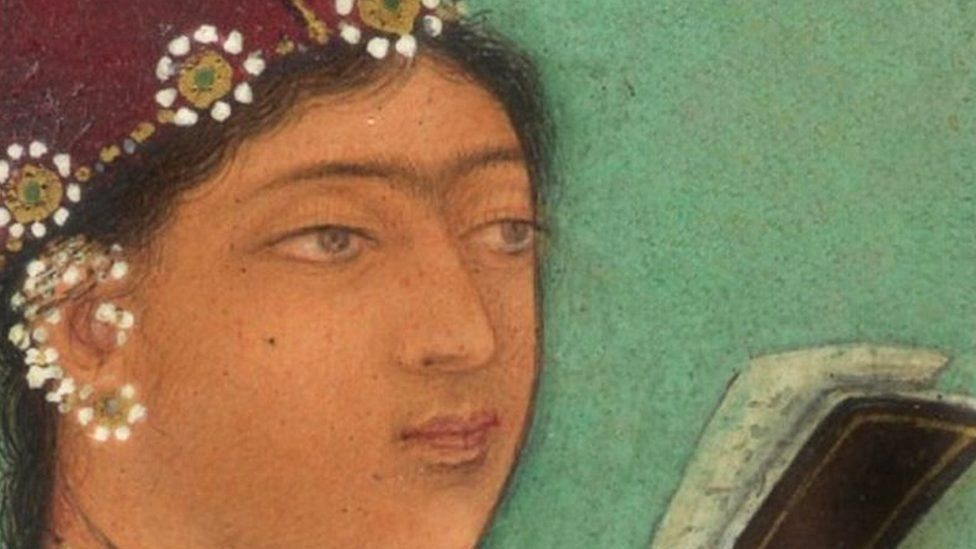-

-
-
Loading

Loading

In 1576, a Mughal princess named Gulbadan Begum led a group of royal women on a historic pilgrimage to Mecca and Medina. This journey was significant because it was the first time a woman in Mughal India had gone on the sacred Hajj pilgrimage. Gulbadan, along with 11 women from the royal household, left the confines of a harem in Fatehpur Sikri to embark on a six-year journey. However, many details about this remarkable trip are missing from historical records, possibly due to male court historians omitting them to preserve the modesty and sanctity of the women. Gulbadan's pilgrimage was filled with acts of bravery and kindness, but also rebellion. Despite being regarded as the first female historian of the Mughal empire, Gulbadan's book chronicling her experiences, called the Humayun-nama, is incomplete with several missing pages. Historian Ruby Lal has pieced together the details of Gulbadan's journey through her own research into Ottoman history, Persian and Mughal manuscripts, and other sources. Lal believes that the absence of information about such a powerful woman's unique voyage speaks volumes. Gulbadan, whose name roughly translates to rose-hued skin, was born in Kabul in 1523 to Dildar Begum, the third-oldest wife of Emperor Babur. Growing up, Gulbadan often saw her father during brief visits between his many wars, which influenced her relationships with the powerful men in her family. Despite the absence of male figures, Gulbadan grew up surrounded by strong women who played significant roles in courtly affairs. Gulbadan's childhood was marked by constant movement as her family traveled between Kabul and Agra. These journeys, lasting for months, involved camping in tents and traveling on horseback across dangerous terrain. Gulbadan's experiences of a peripatetic lifestyle likely influenced her desire to go on the Hajj pilgrimage. Gulbadan sought permission from her nephew, Akbar, to embark on the pilgrimage. Akbar, whose goal was to establish the supremacy of the Mughal dynasty, ordered the seclusion of all Mughal women in a walled harem. However, this stagnant lifestyle made Gulbadan restless, leading her to set off on the pilgrimage, telling Akbar that it was a vow she had made to the divine. Akbar provided two grand Mughal ships for the voyage, and the royal cohort carried chests filled with gold and silver to distribute as alms. As they departed, ordinary men, women, and children lined the streets to watch. The journey was dangerous, with the Portuguese controlling the sea route and militant groups threatening the land route. Gulbadan and her companions were stranded in Surat for a year before securing safe passage from the Portuguese. They sailed across the Arabian Sea and traveled on camels through the desert to reach Mecca. After visiting Mecca, Gulbadan and her group chose to stay in Arabia for the next four years, doling out alms and becoming the talk of the town. Their acts of benevolence incensed the Ottoman Sultan, Murad, who saw them as a testament to Akbar's political might. The Sultan ordered their eviction, but Gulbadan refused to leave, showcasing her strong desire for freedom and rebelling against the norms of Mughal women. After several decrees from the Sultan, Gulbadan and her group finally left Arabia and returned to Khanwa near Fatehpur Sikri. On her return, Gulbadan was hailed as a ruler and was even invited by Akbar to contribute to the Akbarnama, a chronicle of his dynasty's grandeur. Despite this recognition, Gulbadan's time in Arabia and the censure by Sultan Murad went unmentioned in the Akbarnama and other sources.